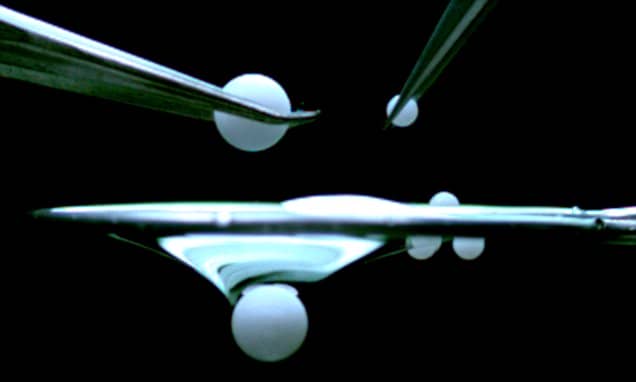A team of Penn State mechanical engineers has developed a liquid membrane which acts as a reverse filter and allows large objects to pass through while blocking the small ones. The liquid material which copies the properties of the cell membrane is capable of self-healing and is stabilized. It acts counter-intuitively as the polar opposite of a conventional sieve. Filter and sieves are among the simplest and easiest to understand tools which are there.

For example, if a sieve is filled up with castor sugar and dried peas and then given a shake. The holes of the sieve will allow the fine sugar particles to pass through while leaving behind the large peas. This is a principle which is used in everything from coffee filters to highly sophisticated purification systems. The idea on which the team from Penn State was working was to develop a system which works oppositely, i.e., it will let the peas pass through while leaving the sugar behind.
The basic idea is that these membranes are suspended in a ring-like soap solution in a bubble blowing toy. These membranes are self-healing like the layer of surface tension on the top of a glass of water. If you poke a finger or another object through the membrane, it closes around. If you remove the object, the hole closes up. The smart thing is that these membranes can let the large objects through while blocking the smaller ones. This happens because instead of using holes in the membrane for separation, the membrane uses the object’s kinetic energy when it hits the layer.
Tak-Sing Wong, the Wormley Family Early Career Professor and assistant professor of mechanical and biomedical engineering said, “Typically, a smaller object is associated with lower kinetic energy due to its smaller mass. So, the larger object with higher kinetic energy will pass through the membrane, while the smaller object with lower kinetic energy will be retained.”
It is formed by water and one of a variety of substances which stabilizes the interface between liquid and air. The membrane is similar to a living cell in structure. The first prototypes which formed from soap. This was later modified to make it stronger as well as gave it antibacterial and odor-neutralization properties. It can be made to last longer or impermeable to certain gases as well. The Penn State team sees a variety of applications for the new membrane once it is perfected. It can be used as a surgical film in disaster areas or battlefields to avoid infection. Since it is self-healing, it can act as a sort of mini operating room which can be set over a wound while surgeons pass their instruments through the membrane while germs an be left behind on the membrane. Wong said, “The membrane filter could potentially prevent germs, dust or allergens from reaching an open wound, while still allowing a doctor to perform surgery safely. This membrane could make this possible.”


